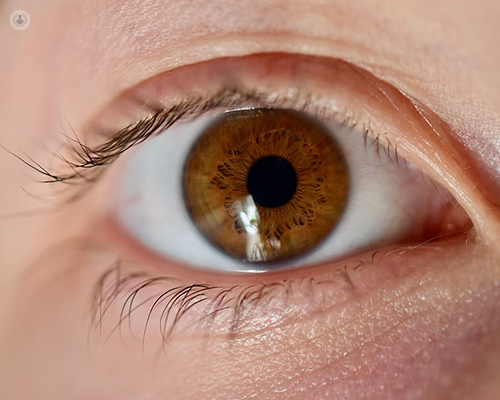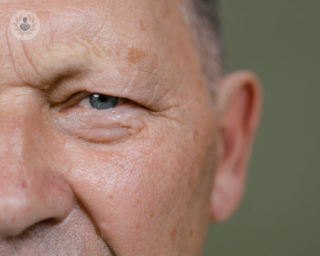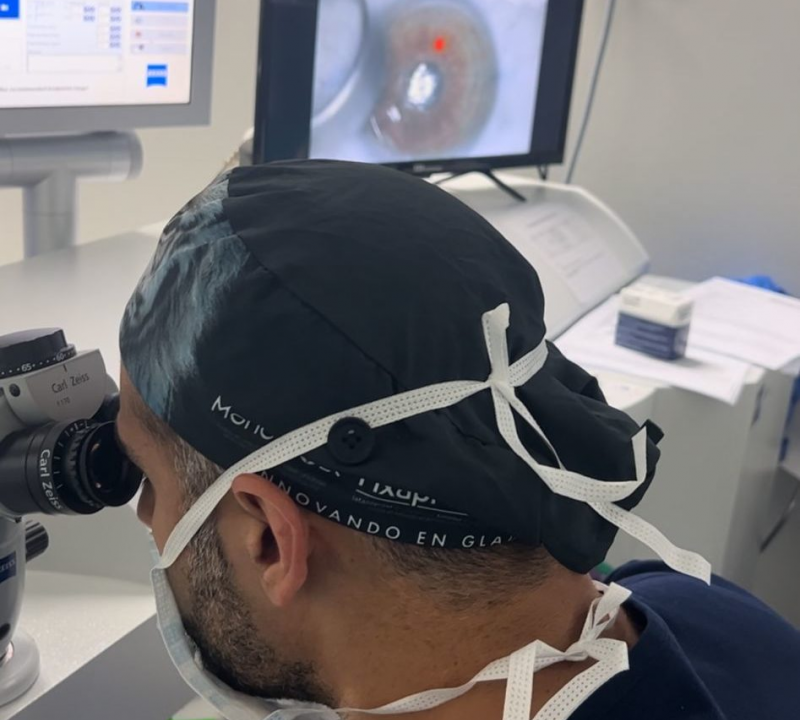Presbyopia: glasses after 40?
If you're close to (or have already turned) 40, chances are you've had trouble reading small print in low light... But what can we do about it? We talked about presbyopia with Dr. Ali Nowrouzi, eye surgeon and specialist in the Ophthalmology department of the Quirónsalud Marbella Hospital.
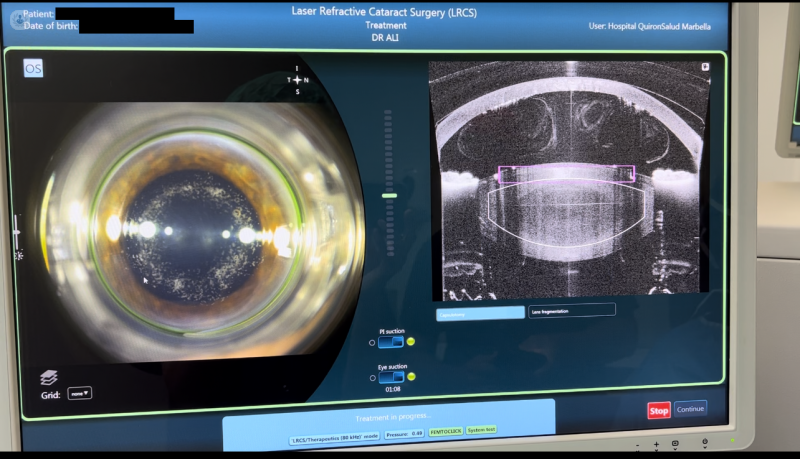
As a specialist in cornea and refractive surgery, what is the challenge of treating presbyopia after the age of 40? What would you say are the best solutions to treat it?
Presbyopia is a very common age - related vision problem , and is characterized by a progressive inability of the accommodative eye muscles to focus on close objects. Generally, it begins around age 40 , and causes doubts in patients.
Without treatment, presbyopia can significantly affect quality of life, causing reading problems (inability to read small print, need for more lighting, diplopia, epiphora, headache , fatigue or asthenopia).
Another major dilemma of presbyopia is the aesthetic discomfort that wearing glasses causes for some people, especially those who have never worn them before. Some patients are not interested in doing so, even for special instances such as reading a menu in a restaurant.
Optical solutions, including glasses and contact lenses , are the first and most common approach as treatments for presbyopia. It is generally assumed that spectacles are the most accessible instrument for correcting the symptoms of presbyopia, however, no spectacle lenses currently available can fully restore the dynamic range of accommodation in the aging eye.
Contact lens options for presbyopia include distance vision contact lenses complemented by reading glasses as the necessary addition for near vision, ranging from monovision (one eye) correction, or a bi-/multifocal correction.
It is very important to verify the biomechanical parameters of the cornea and also other compromising problems such as dry eye and tolerance to contact lenses, as well as perform a special simulation during the complete ophthalmological examination, to correctly determine these optical devices.
The importance of this therapeutic approach is the main reason we provide sophisticated testing in our clinic.
Thus, I have several specialized experts working with me in the Department of Cornea and Refractive Surgery to study these biomechanics with precision, as well as to be able to make the correct prescription of personalized contact lenses for each of our patients.
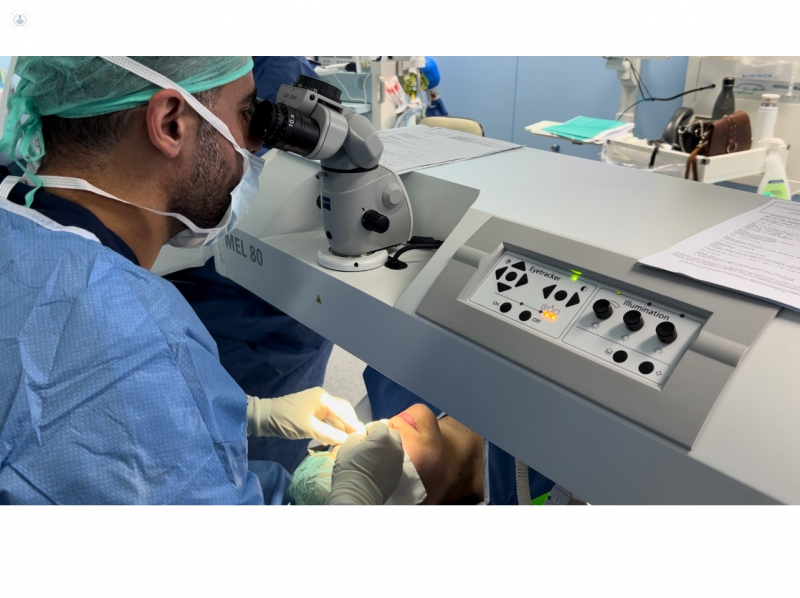
As an active member of the European Society of Cataract and Refractive Surgeons ( ESCRS ), you were involved in many clinical trials of eyedrop treatment for presbyopia. Can you explain the mechanism of these treatments and how they could be a paradigm shift?
Presbyopia drops are a revolutionary new treatment on the horizon. Several companies are attempting to launch miotic eye drops to increase the range of vision through a pinhole effect without affecting distance vision and with minimal adverse effects.
VUITY (Allergan) is the first with FDA approval for the treatment of presbyopia.
I had the opportunity to work with some of these new treatments, and it is important to note that these drops are not suitable for all types of presbyopic patients, so a complete ophthalmological examination will be mandatory to prescribe these drops for a special group. of patients suffering from the initial phase of presbyopia, without relevant contraindications.
What is the concept of refractive lens exchange and what is its main benefit for presbyopia as a permanent and definitive treatment?
Refractive lens exchange, in which the natural crystalline lens in the eye is replaced with a premium intraocular lens (IOL), can reduce or mitigate the need for reading glasses. Thus, there are several types of premium intraocular lens implants , such as multifocal, extended depth of focus, or accommodative intraocular lens implants. Current premium lens designs predominantly provide very good visual results.
An extensive and accurate ophthalmic examination is essential to create a personalized selection of the necessary premium lenses, based on the patient's demands, visual goals, lifestyle, working distance and hobbies. At our clinic, we work with our patients to determine the best premium lens options to meet their needs, having dedicated an entire special department where we can perform this personalized study.
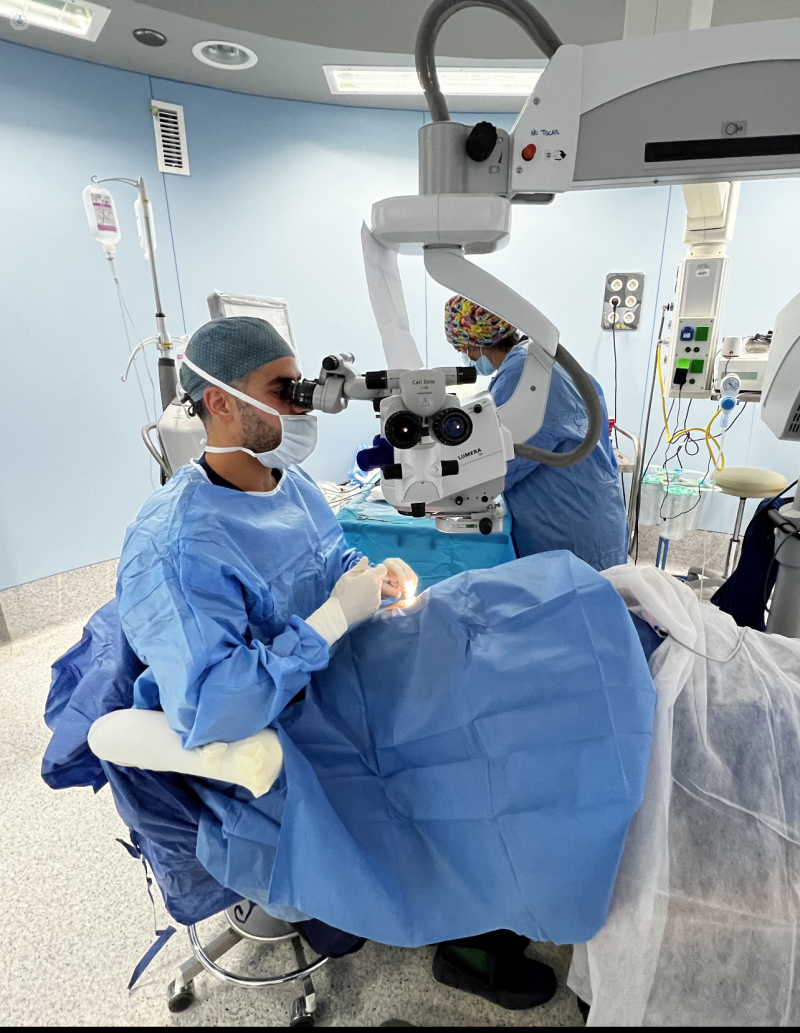
What is your opinion on laser surgery for presbyopia?
In terms of laser surgery, monovision or multifocal laser, LASIK and PRK can be used to reshape the cornea to reduce the need for reading glasses in presbyopic individuals.
Patients must be classified by precise and sophisticated preoperative studies for each of the different procedures, which are based on personal corneal topography and tolerance to preoperative simulation. Following this hard science-based protocol is absolutely necessary to choose the best personalized surgical approach, with the goal of achieving optimal results for the patient's lifestyle and visual goals after laser surgery .
Presbyopia: glasses after 40?
If you are (or have been) passing through your forties you almost certainly had problems with reading small print at low light. But what can we do about it? We talk about presbyopia with Dr. Ali Nowrouzi, eyesurgent and specialist at the department of ophthalmology in Hospital Quirónsalud Marbella.
As a specialist of the cornea and refractive surgery, how would you define presbyopia as a real challenge for the age of 40s and what would you say are common solutions for treating it?
Presbyopia is a very common vision problem related to age, characterized by a progressive inability of accommodative ocular muscles to focus on near objects. It usually starts in the forties with a lot of hesitations for patients. Without treatment or undercorrection, presbyopia can significantly impact the quality of life, such as having problems reading (inability to read the fine print, need for increased lighting, diplopia, epiphora, headache, fatigue or asthenopia).
The other important dilemma of presbyopia is the esthetic discomfort deriving from wearing glasses, especially for those who have never used them before, and some patients are not interested in doing so even for special instances such as reading a menu at a restaurant.
Optical appliances, including spectacles and contact lenses are the first and most common approach as treatments of presbyopia. Spectacles are generally assumed to be the most accessible instrument for correcting the symptoms of presbyopia, however, no currently available spectacle lens can fully restore the dynamic range of accommodation in the ageing eye.
Contact lens options for presbyopia include single vision distance correcting contact lenses complemented by reading glasses as the required near viewing addition, ranging from monovision (one eye) correction, or a bi-/multifocal correction.
It is really important to check the biomechanical parameters of the cornea and also other compromising problems such as dry eye and contact lens tolerance, as well as conducting a special simulation during the comprehensive ophthalmologic exploration, to correctly determine these optical appliances. The importance of this therapeutic approach is the main reason for which we provide sophisticated tests in our clinic. I have a number of specialised experts working with me in the Cornea and Refractive Surgery Department to study these biomechanics precisely, to be able to make the correct perscription for the contact lenses, customised for each of our patients.

As an active member of the European Society of Cataract & Refractive Surgeons, you were involved in many clinical trials of Presbyopia Drop. Please explain the mechanism of this treatments and how it could be a game changer?
Presbyopia Drops are a new, revolutionary treatment on the horizon. Several companies are trying to release miotic eye drops to increase the range of vision by a pinhole effect without affecting distance vision and with minimal adverse effects.
VUITY (Allergan) is the first one with FDA approval for the treatment of presbyopia.
I had the opportunity of working with some of these new treatments. It is important to take into consideration that these drops are not suitable for all types of presbyopic patients, and it is mandatory to have a comprehensive ophthalmologic exploration to prescribe these drops for a special group of patients who suffer from the initial phase of presbyopia, without any relevant contraindications.
What is the concept of refractive lens exchange and what is its main benefit for presbyopia as a permanent and definitive treatment?
Refractive lens exchange, in which the natural crystalline lens in the eye is replaced with an intra-ocular premium lens (IOL), can effectively reduce or mitigate the need for reading glasses by using various intraocular premium lens implants, including multifocal, extended depth of focus, or accommodating intraocular lens implants. Current premium lens designs predominantly provide very good visual outcomes.
It is really important to conduct an extensive and accurate ophthalmological exploration to be able to create a customised selection of the premium lenses needed, based on patient demands, visual goals, lifestyle, working distance, and hobbies. In our clinic, we work with our patients to determine the best premium lens options to meet their needs, having dedicated a whole special department where we can conduct this personalised study.
What is your opinion about laser surgery for presbyopia?
In terms of laser surgery, monovision or multifocal laser, LASIK, and PRK can be used to reshape the cornea to reduce the need for reading glasses in presbyopic individuals.
Patients have to be qualified by accurate and sophisticated preoperative studies for each of the different procedures which are based on personal corneal topography and preoperative simulation tolerance. To follow this hard science-based protocol is absolutely necessary to be able to choose the best customised surgical approach, with the aim of achieving optimal results for the patient’s lifestyle and visual goals after laser surgery.


